GPCR/G protein

All GPCRs share a common seven trans-membrane structure. GPCRs are associated with heterotrimeric G-proteins which are GTP-binding proteins made of alpha, beta, and gamma subunits. When a ligand binds to GPCR, it activates the attached G-protein, the GDP is replaced with GTP. The activated G-protein then dissociates into an alpha and a beta-gamma complex which activates downstream signaling pathways. These intracellular signaling pathways include cAMP/PKA, calcium/NFAT, phospholipase C, protein tyrosine kinases, MAP kinases, PI-3-kinase, nitric oxide/cGMP, Rho, and JAK/STAT.
GPCRs are one of the most important therapeutic targets for various diseases, over 30% of all modern medicinal drugs target this family. Aberrant GPCR functions are involved in pathological conditions such as neurological, immunological and hormonal disorders. A large number of GPCRs have been identified, but whose ligands are not known, are classified as orphan receptors.
-
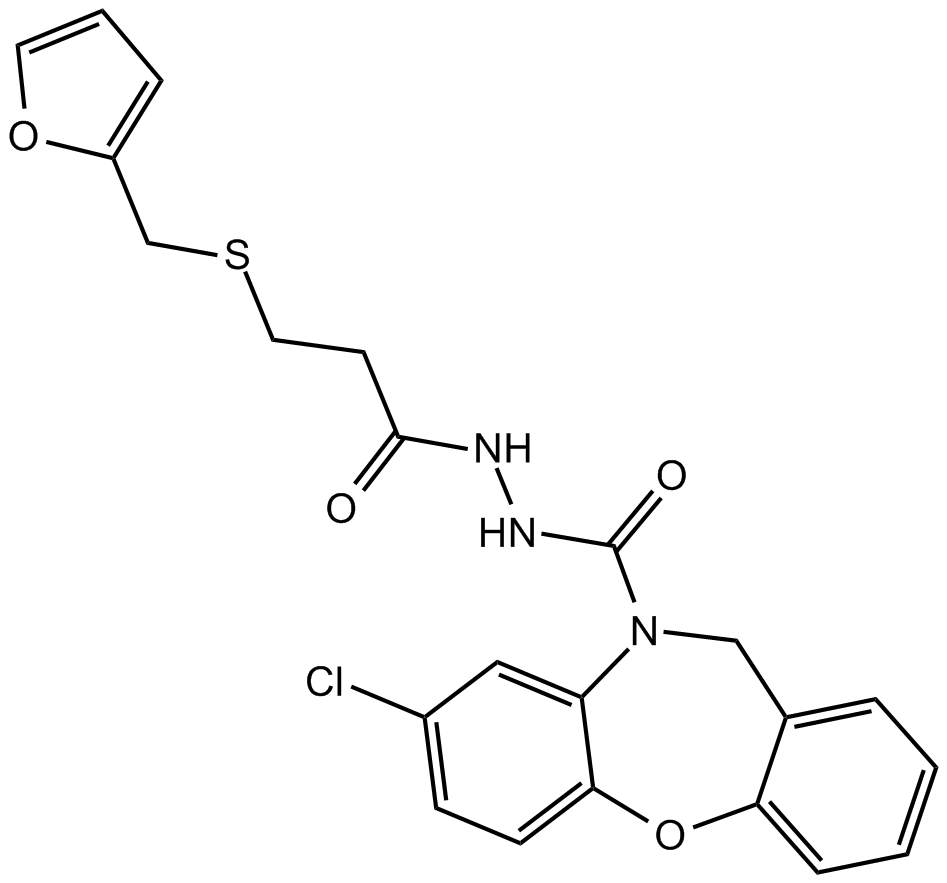 B5338 SC 51322Summary: EP1 prostanoid receptor antagonist
B5338 SC 51322Summary: EP1 prostanoid receptor antagonist -
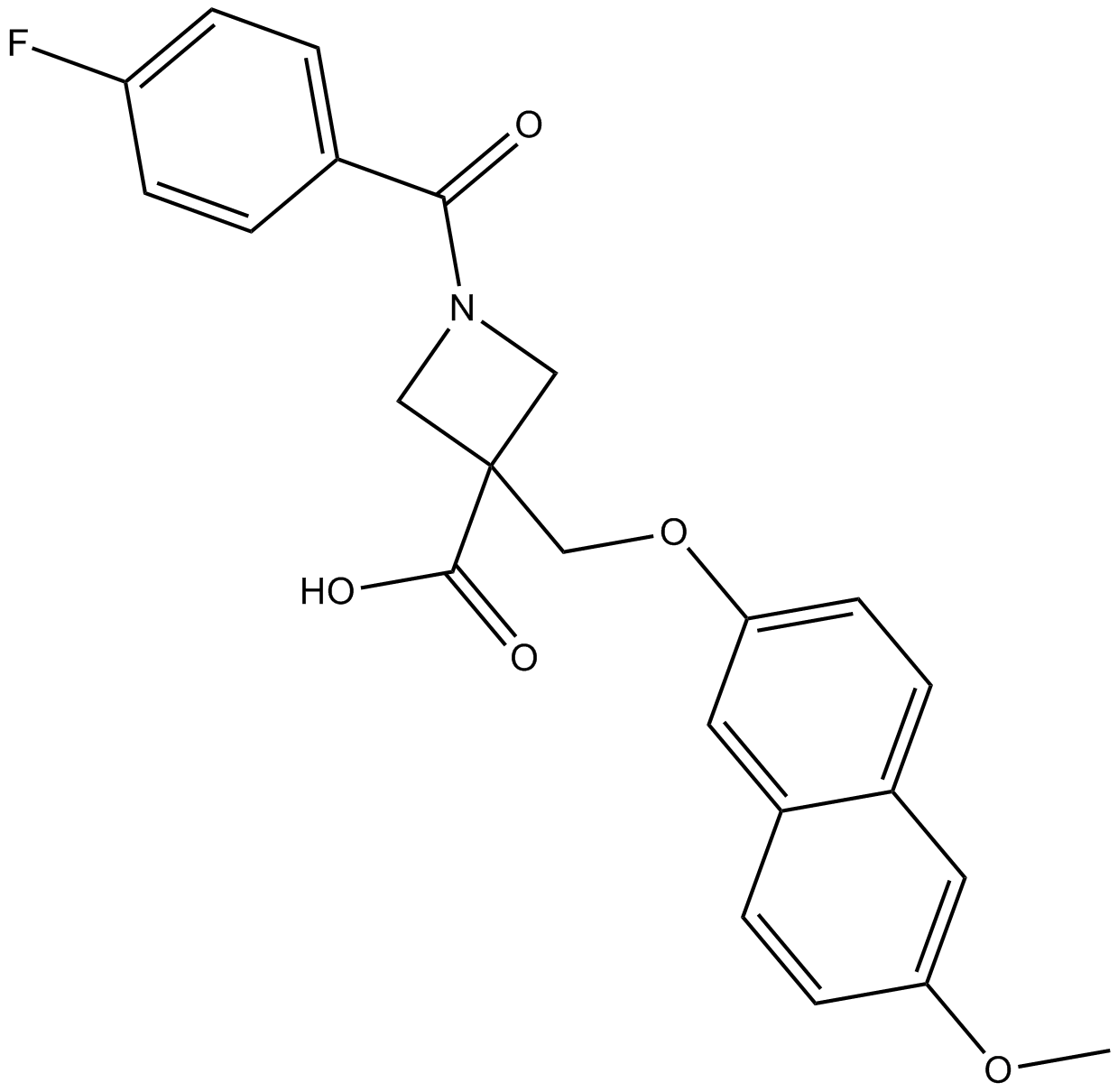 B5726 PF 04418948Summary: EP2 receptor antagonist
B5726 PF 04418948Summary: EP2 receptor antagonist -
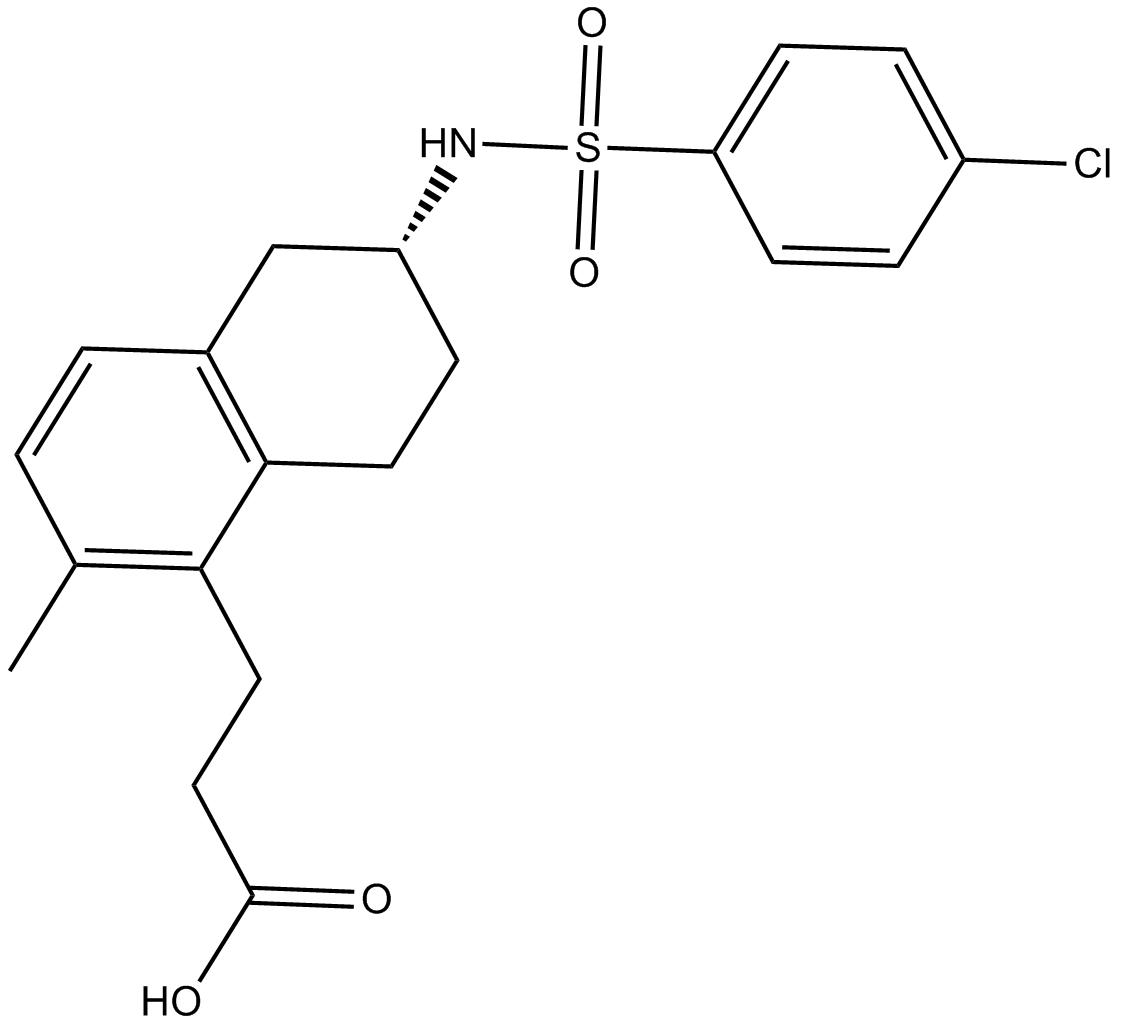 C5387 S18886Summary: Potent thromboxane A2 (TP) inhibitor
C5387 S18886Summary: Potent thromboxane A2 (TP) inhibitor -
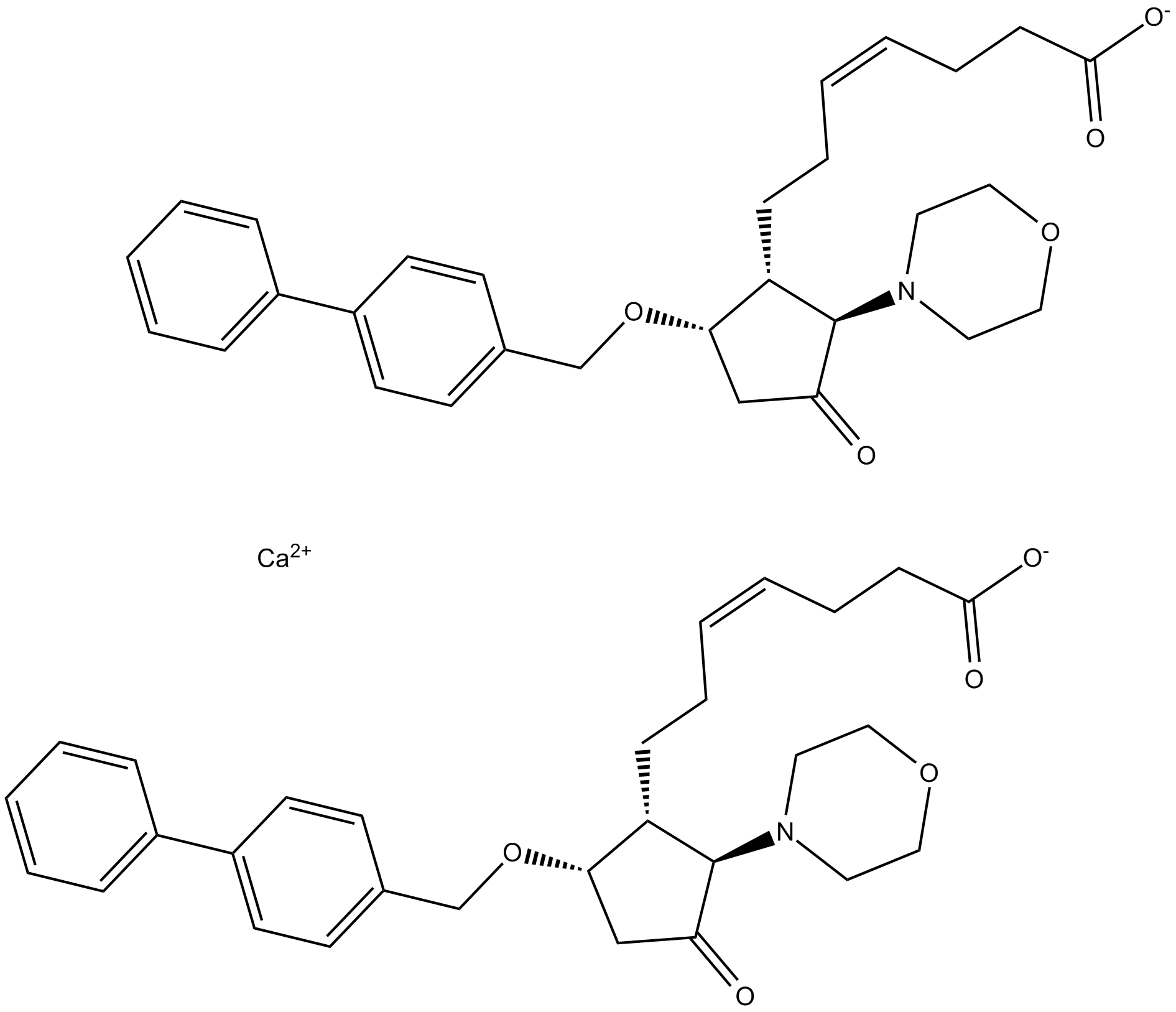 C5649 AH 23848 (calcium salt)Summary: dual antagonist of TP1 and EP4 receptors
C5649 AH 23848 (calcium salt)Summary: dual antagonist of TP1 and EP4 receptors -
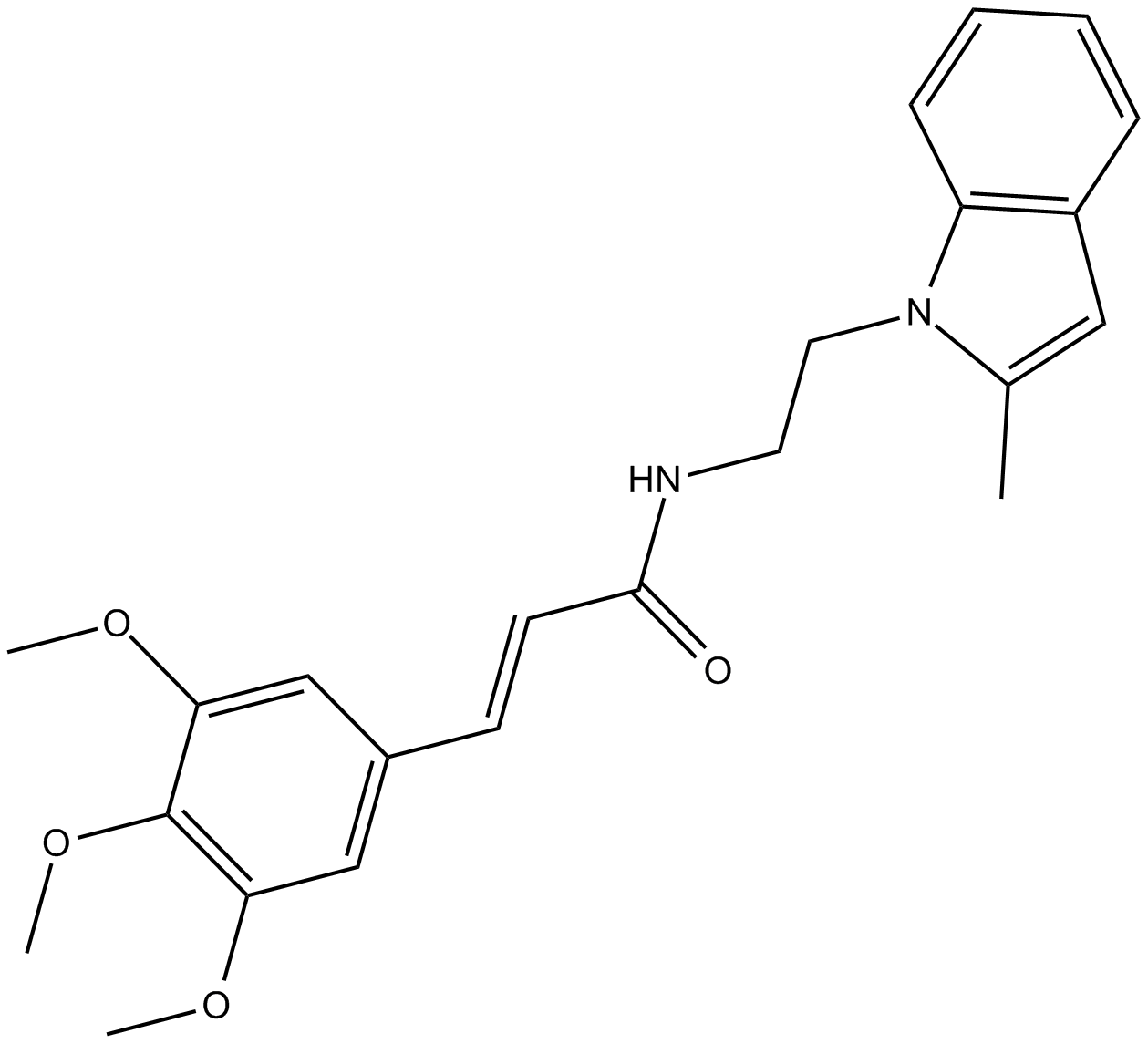 C5279 TG4-155Summary: brain penetrant EP2 antagonist
C5279 TG4-155Summary: brain penetrant EP2 antagonist -
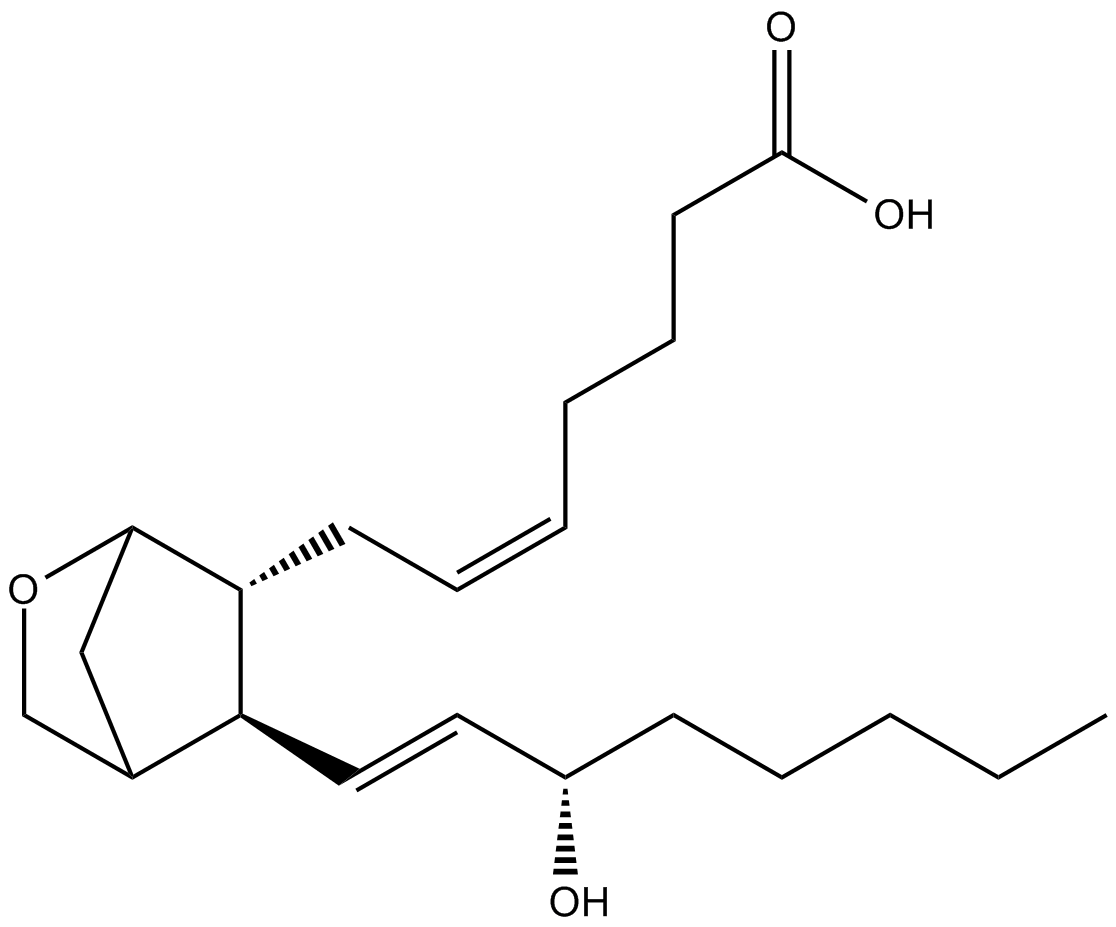 C5324 U-44069Summary: TP receptor agonist
C5324 U-44069Summary: TP receptor agonist -
 B6890 U 466193 CitationSummary: selective agonist of prostaglandin H2 (PGH2)/thromboxane A2 (TxA2) (TP) receptor
B6890 U 466193 CitationSummary: selective agonist of prostaglandin H2 (PGH2)/thromboxane A2 (TxA2) (TP) receptor -
 B6933 IloprostSummary: A prostacyclin (PGI2) analog acting as an agonist of IP, EP1 and EP3 receptors
B6933 IloprostSummary: A prostacyclin (PGI2) analog acting as an agonist of IP, EP1 and EP3 receptors -
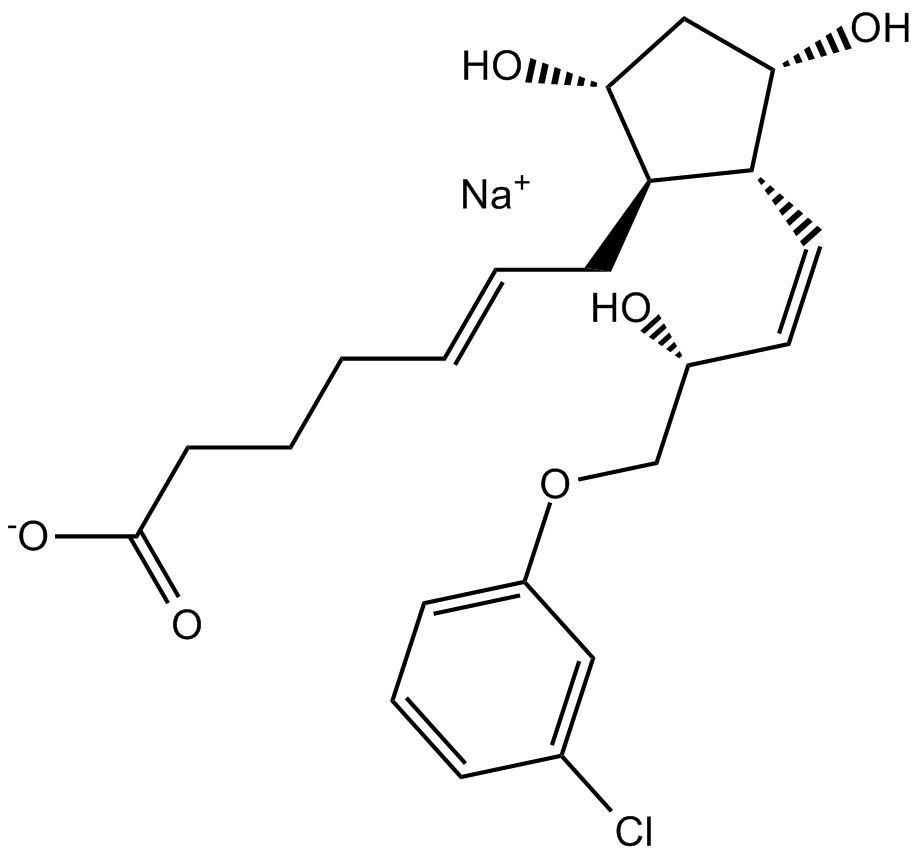 B7004 (±)-Cloprostenol sodium saltSummary: prostaglandin F2α (PGF2α) analog,FP receptor agonist
B7004 (±)-Cloprostenol sodium saltSummary: prostaglandin F2α (PGF2α) analog,FP receptor agonist -
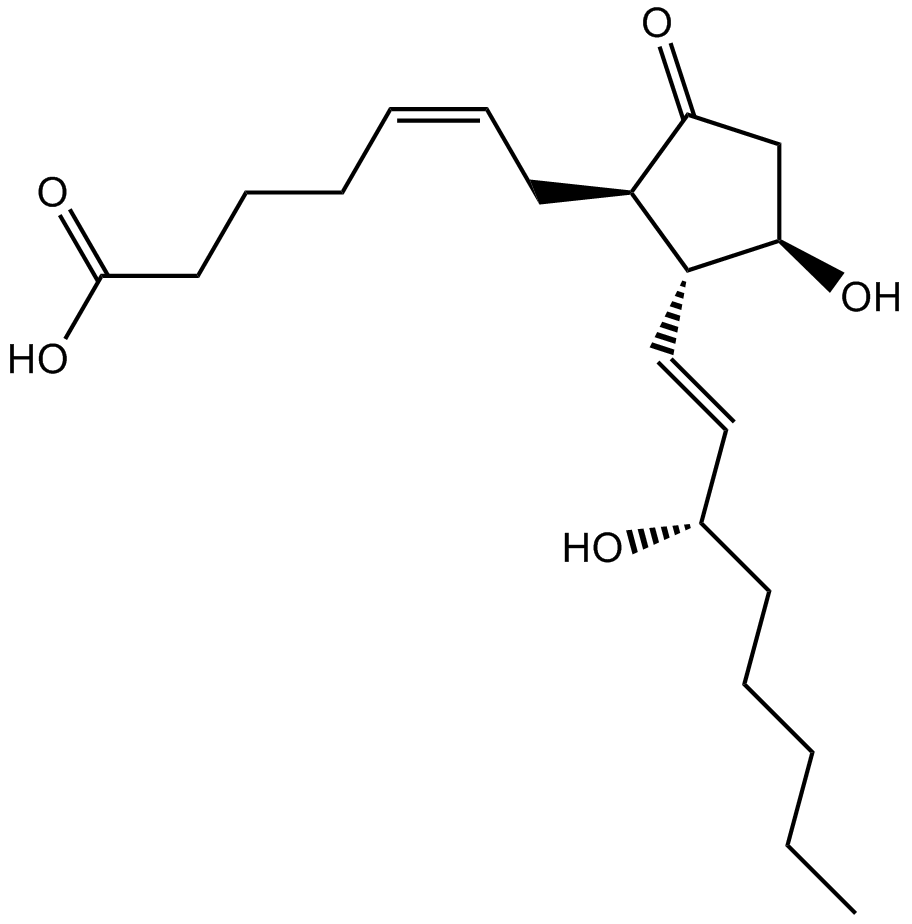 B7005 Prostaglandin E2Target: Prostaglandin EP receptorsSummary: Endogenous prostaglandin
B7005 Prostaglandin E2Target: Prostaglandin EP receptorsSummary: Endogenous prostaglandin

